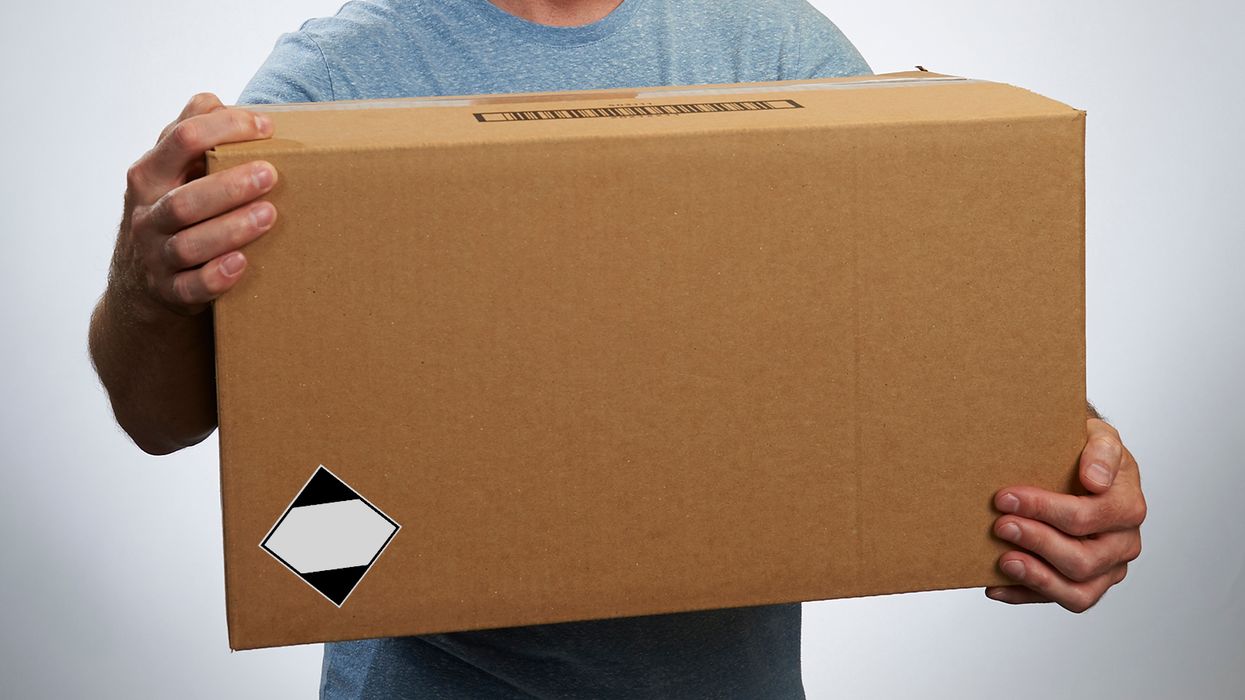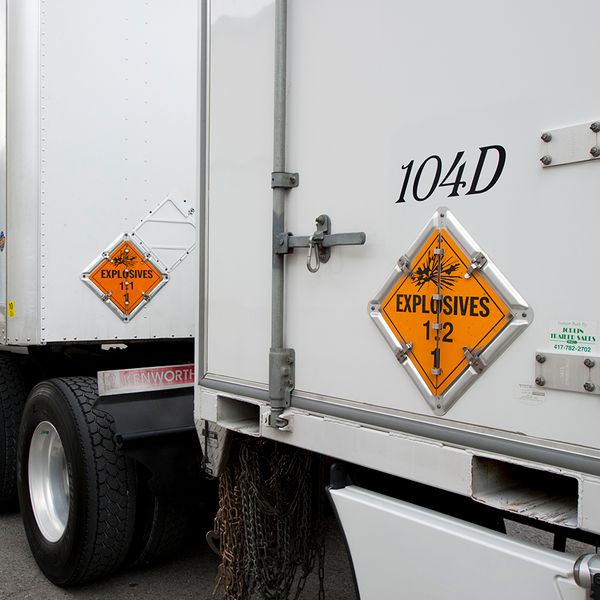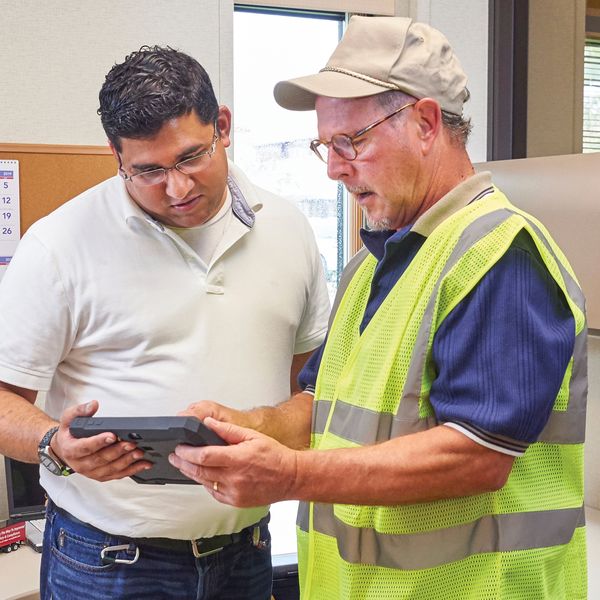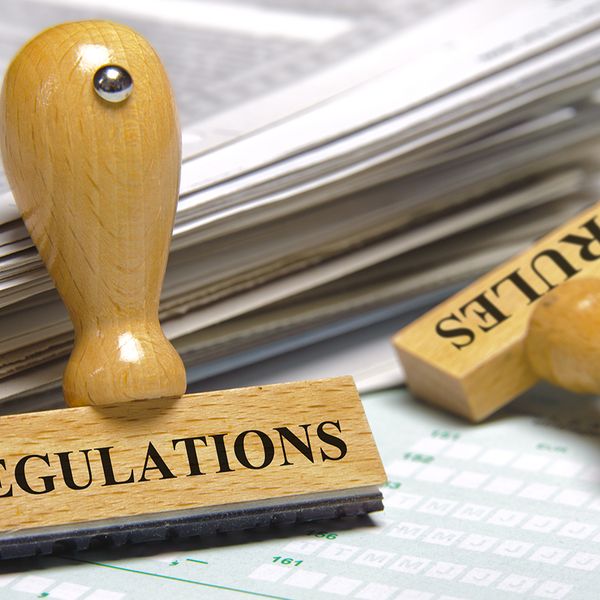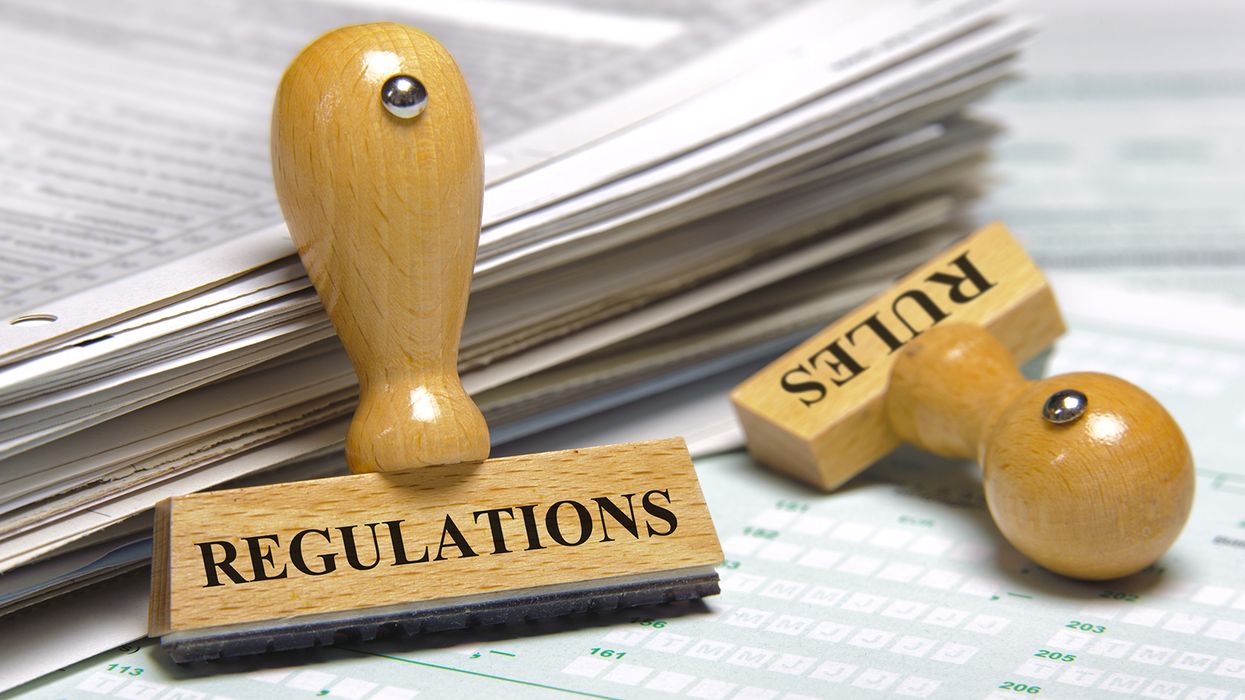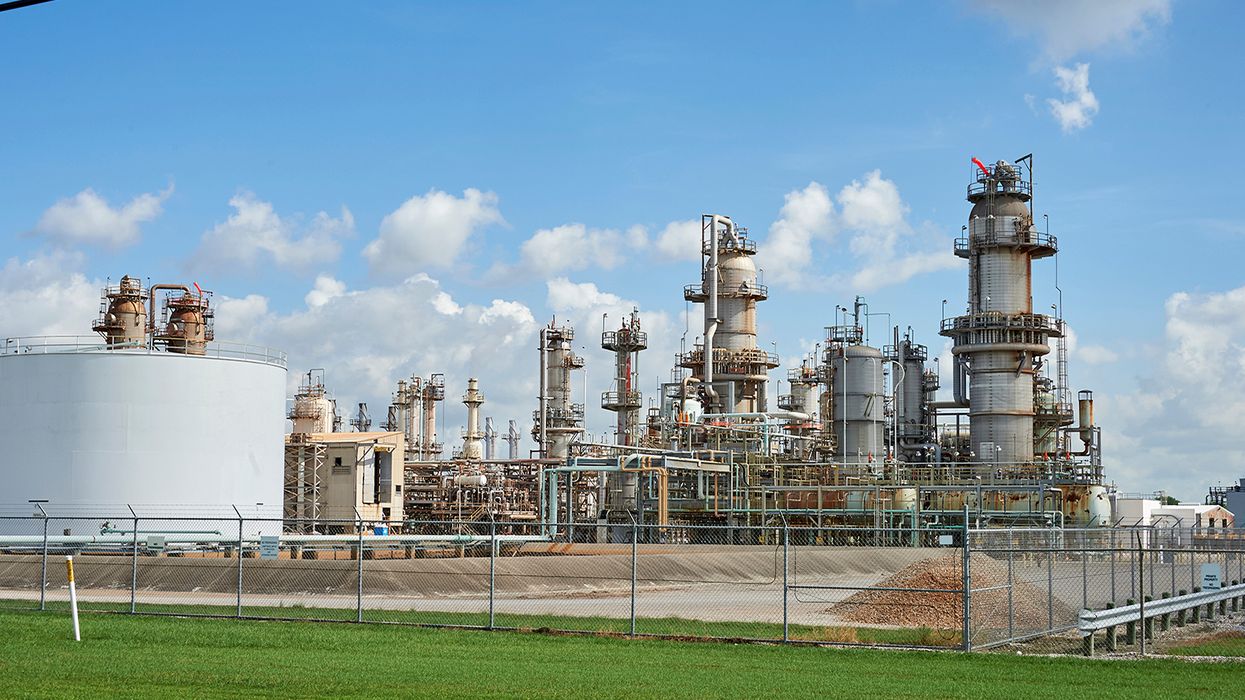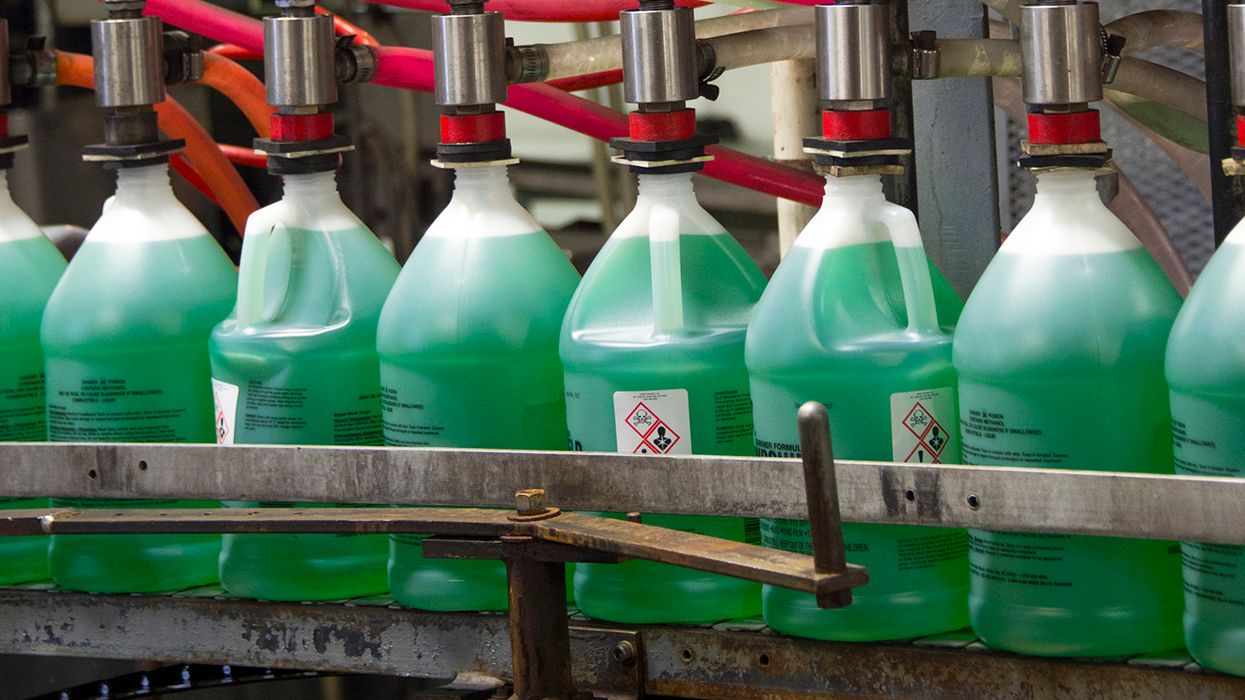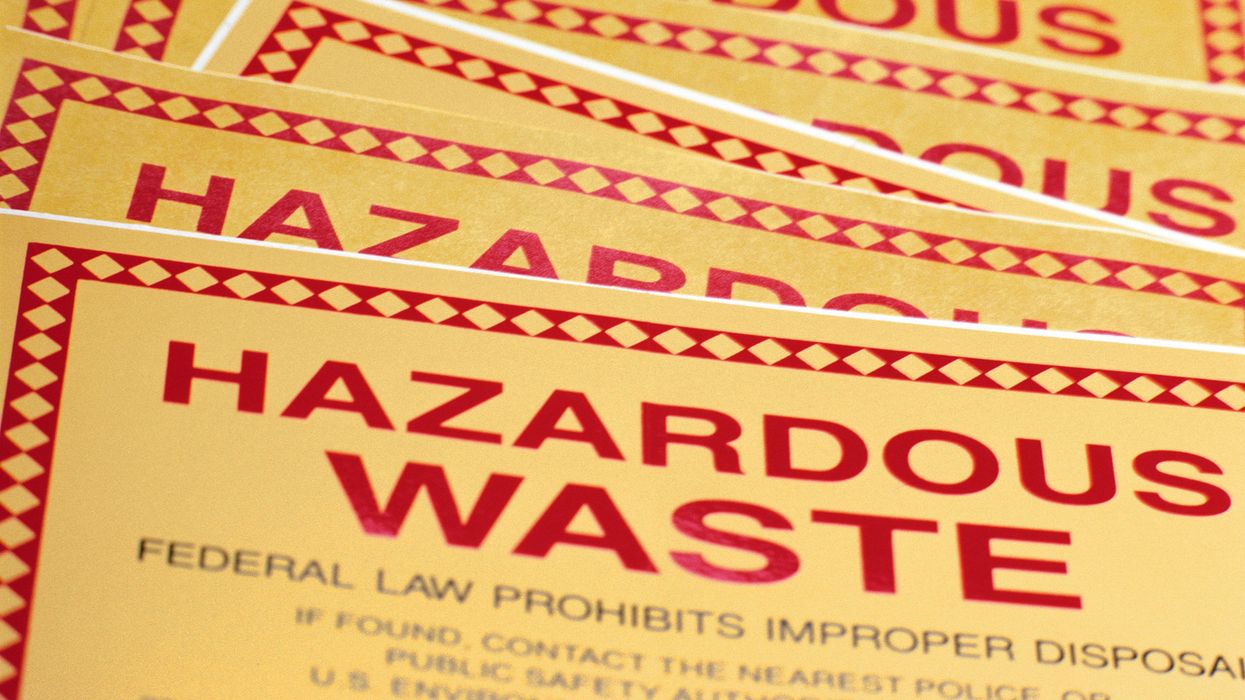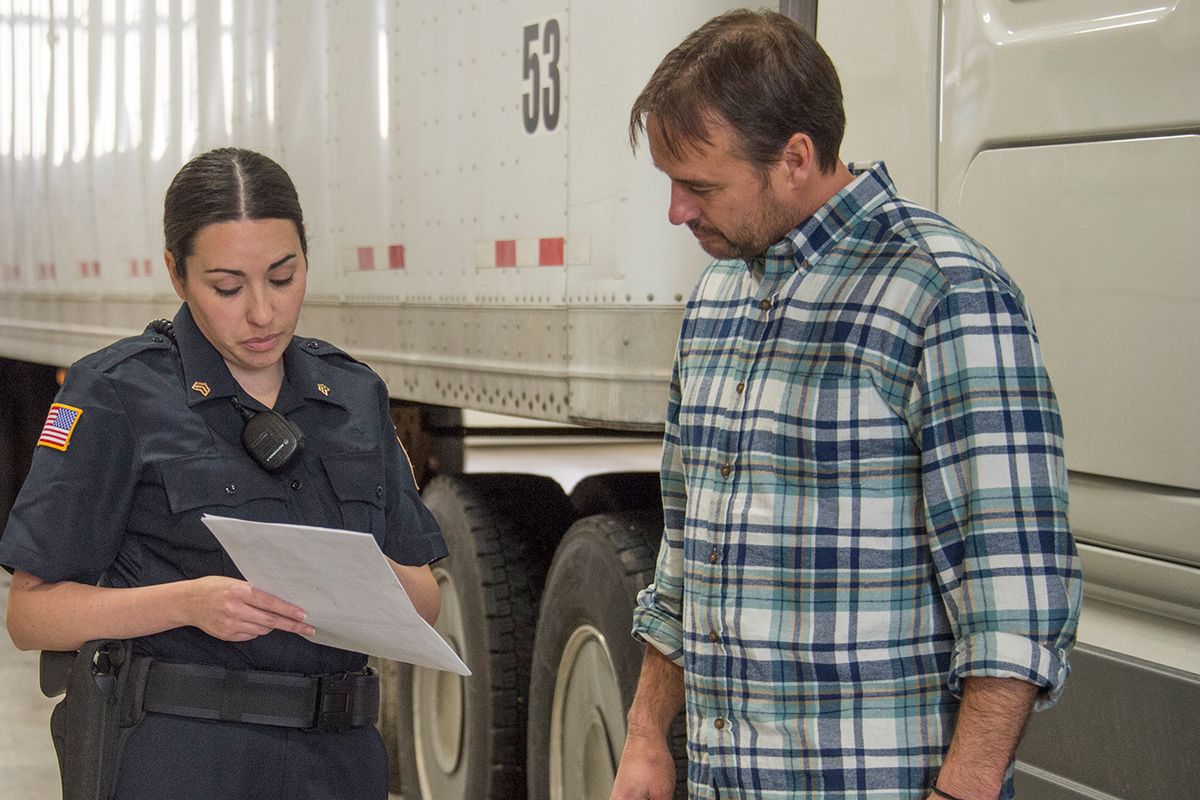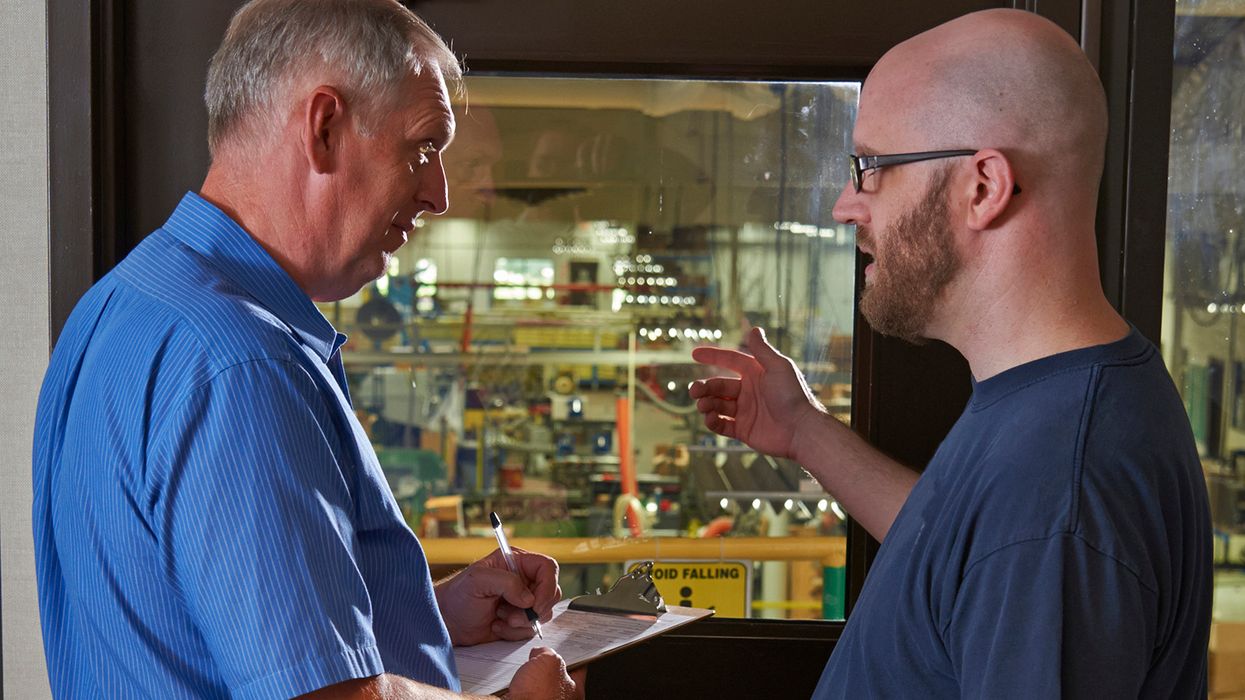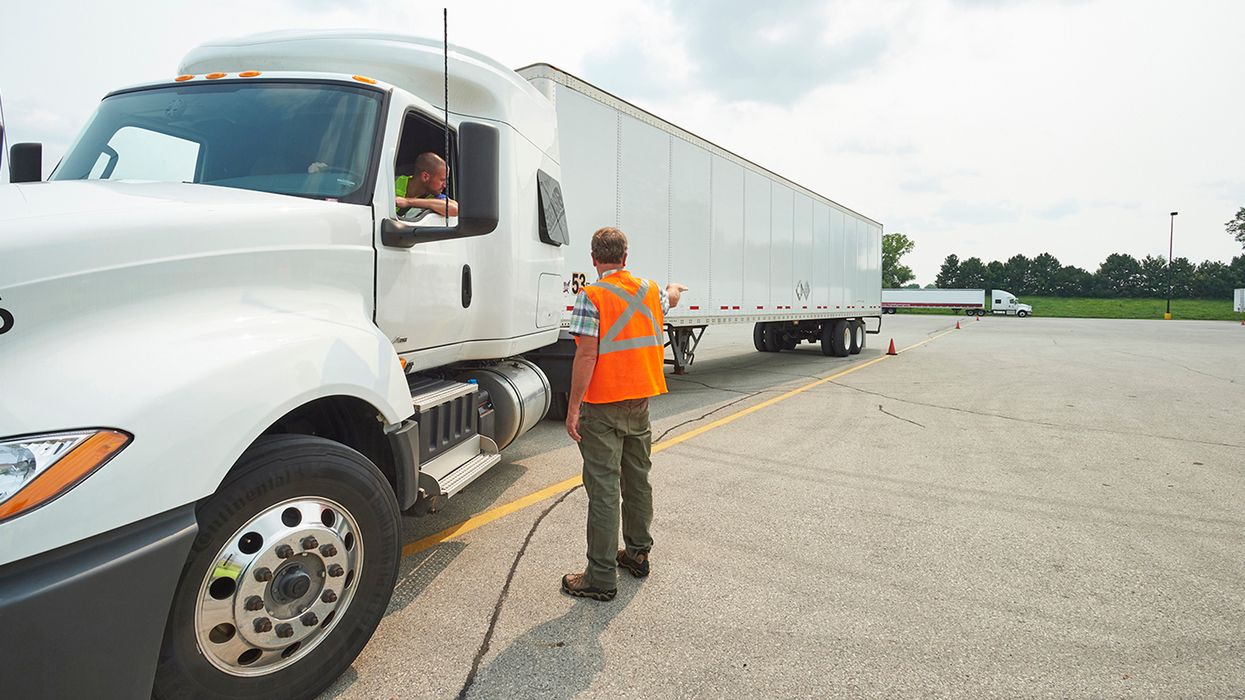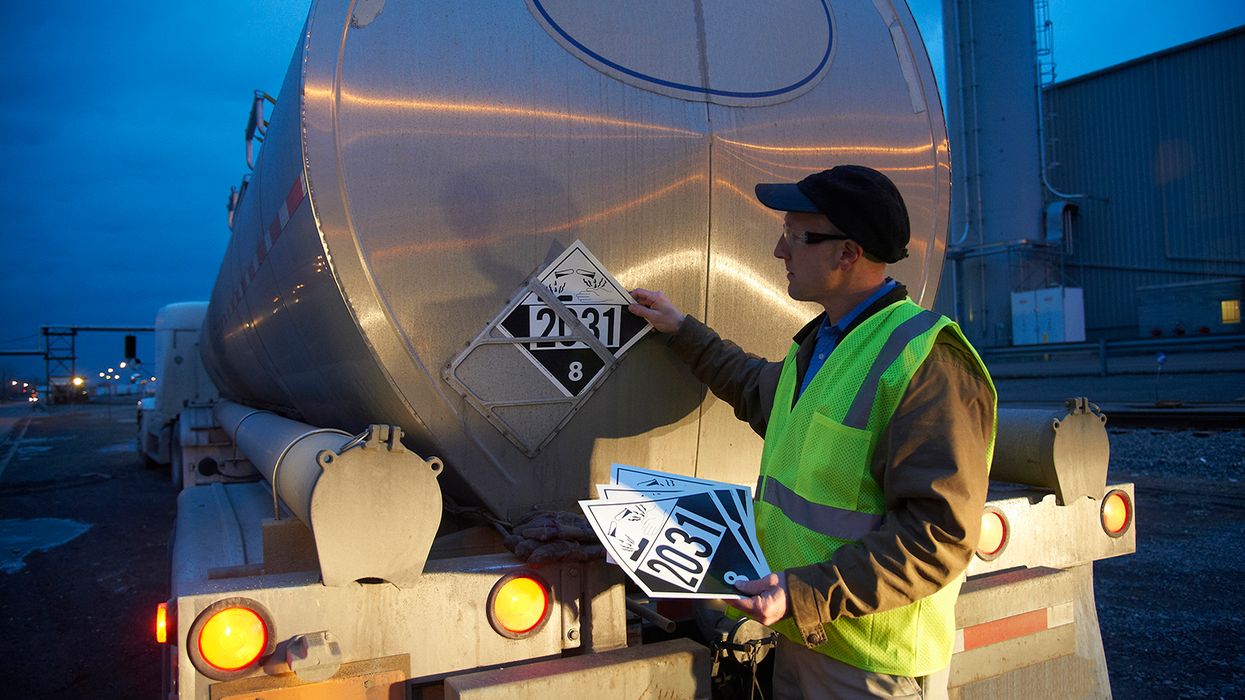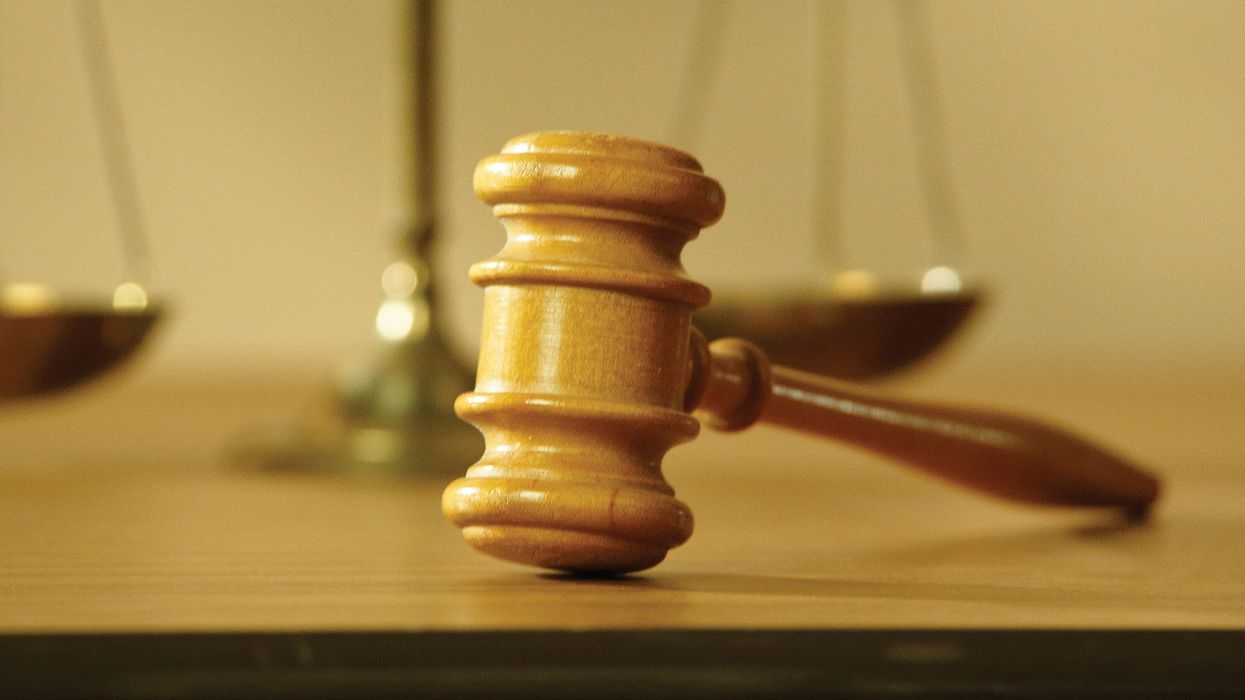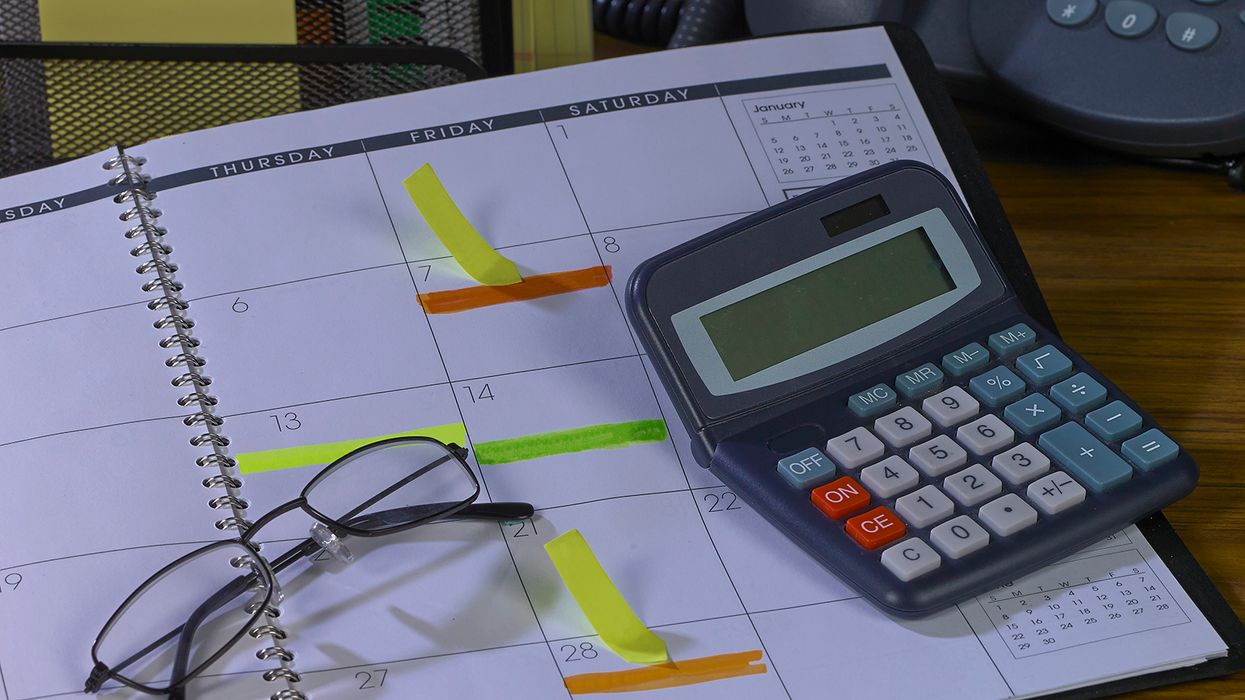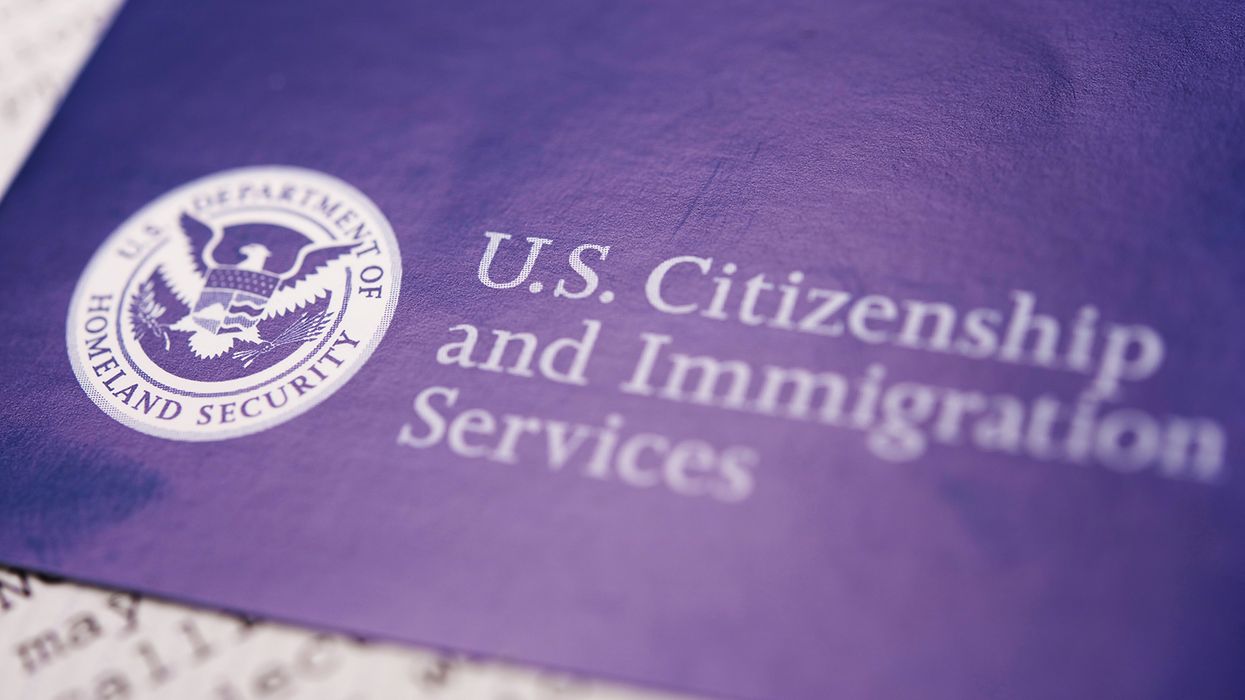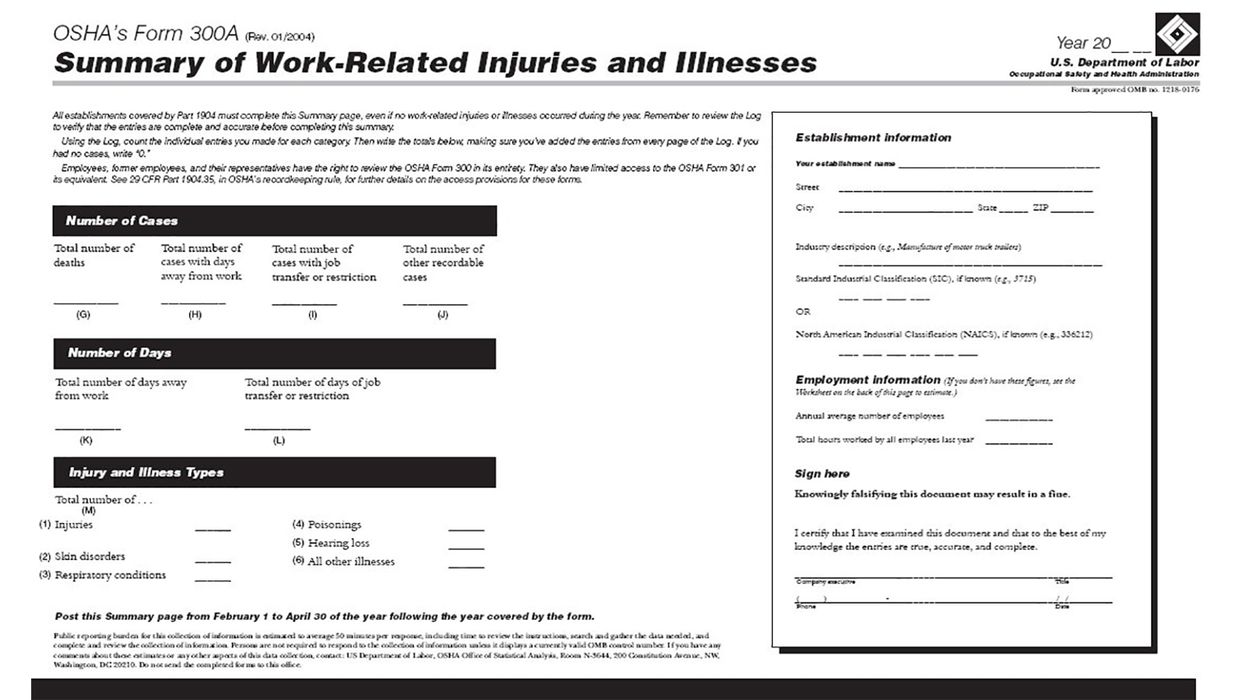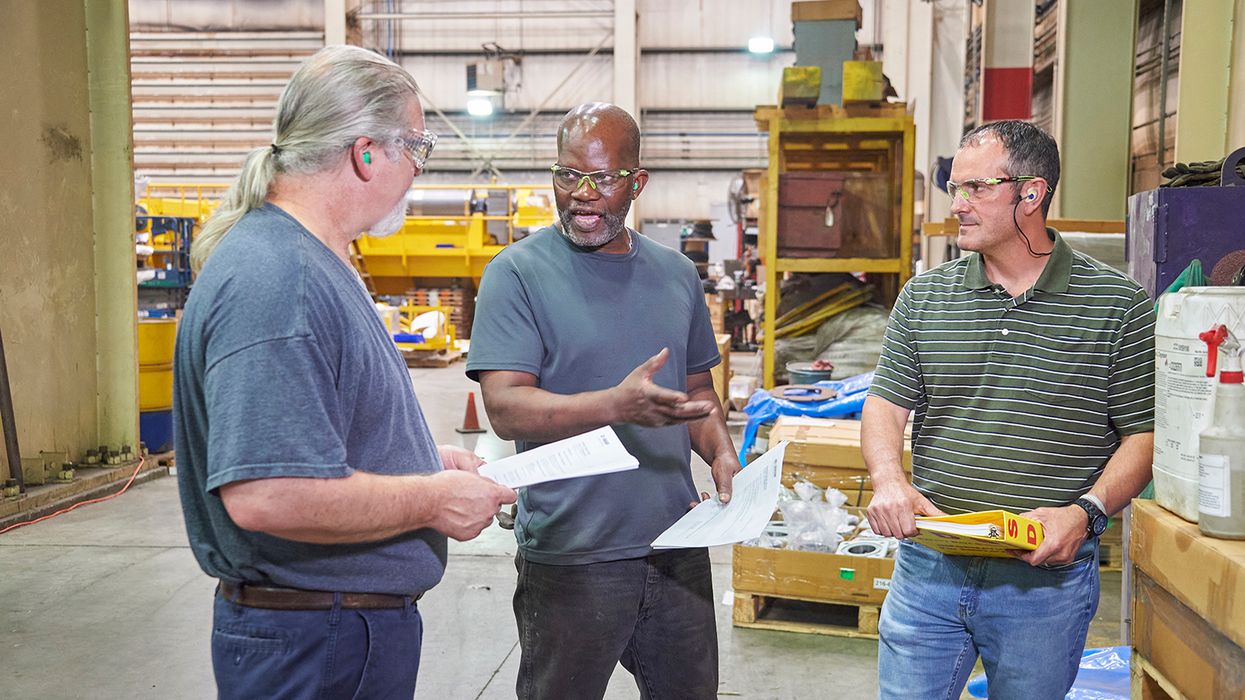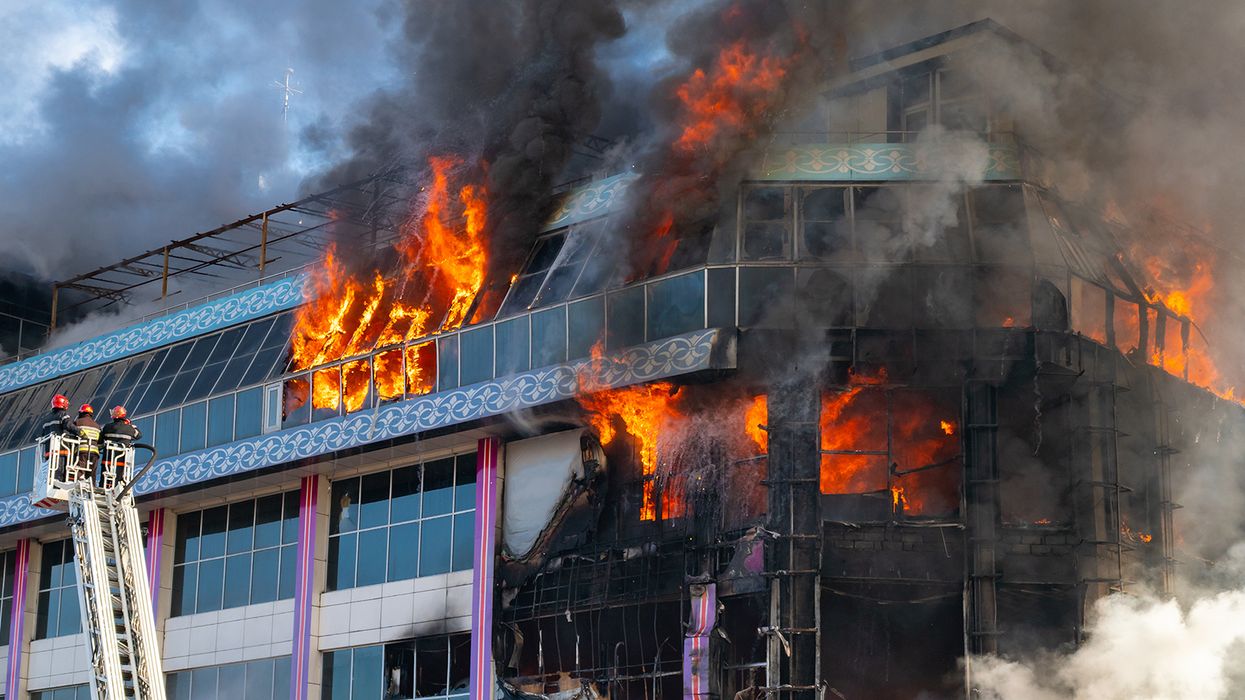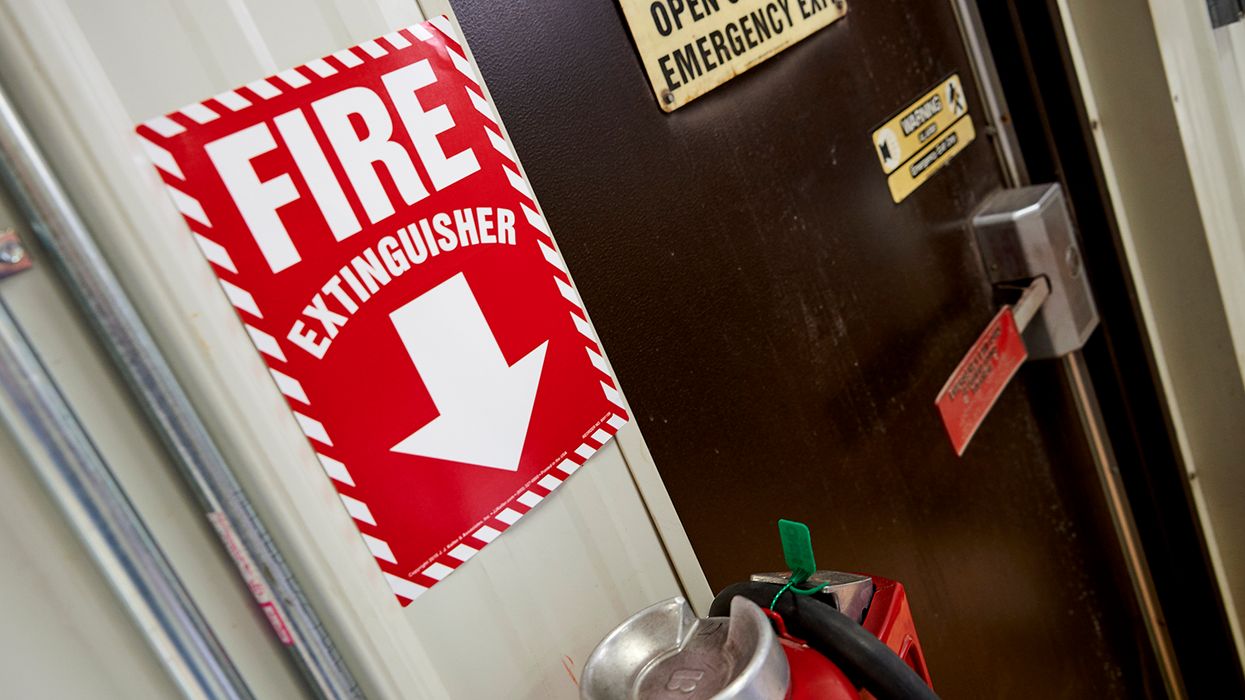PHMSA's rulemaking roundup Part 1
Welcome to Part 1 of our three-part series exploring the July 2025 proposed rulemakings from the Pipeline and Hazardous Materials Safety Administration (PHMSA). In this first installment, we're diving into six proposals that are geared to simplify hazmat shipping, reduce paperwork, and give businesses, from farmers to freight carriers, more flexibility without compromising safety.
These changes are all about modernizing the regulations to reflect how people actually work today. Whether you’re shipping aerosols, hauling lithium batteries, or just trying to avoid unnecessary training requirements, there’s something here for you.
Let's take a look at what’s on the table.
1. HM-268A – Redefining aerosols for the real world
PHMSA is proposing to update the definition of "aerosol" to align with international standards, which currently allow aerosols to contain only gas. Under the existing Hazardous Materials Regulations (HMR), aerosols must include a gas that expels a liquid, paste, or powder. PHMSA's proposed change would eliminate the need for special permits for gas-only aerosols, simplify international shipping, and reduce costs and confusion for manufacturers and shippers.
2. HM-268B – Smarter marking for limited quantities
If you're shipping small amounts of hazardous materials, you're likely using the "limited quantity" exception, but the marking size can be inconvenient, especially for small packages. To make things easier, PHMSA proposes allowing a reduced-size limited quantity marking (25 mm x 25 mm) and permitting shippers to include this mark directly on the shipping label.
3. HM-268C – Helping tradespeople haul more batteries
Trades such as landscaping, construction, and food service often depend on lithium battery-powered tools, but current materials of trade regulations restrict the number of batteries they can transport. To address this, PHMSA proposes allowing up to 30 kg per battery and 500 kg per vehicle, removing limits for batteries contained in equipment, and requiring basic safety precautions, such as measures to prevent short circuits.
4. HM-268D – Going digital with emergency response info
Currently, carriers transporting hazardous materials are required to carry printed emergency response information (ERI). However, PHMSA is proposing a change that would allow carriers to store and present ERI electronically, such as on a tablet or smartphone.
5. HM-268J – Updating training exceptions for farmers
Farmers who transport hazardous materials are currently required to complete in-depth security training unless their annual income is less than $500,000, a threshold that has remained unchanged since 2005. To reflect inflation, PHMSA is proposing to raise the exemption limit to $825,000.
6. HM-268E – Removing redundant hazardous substance lists
PHMSA currently maintains its own list of hazardous substances, even though the Environmental Protection Agency (EPA) already has an established list. To streamline regulations and reduce redundancy, PHMSA proposes removing its own list, Appendix A to §172.101, and instead referring directly to the EPA’s list found at 40 CFR 302.4.
Key to remember: These six proposals will help make transporting hazmat more efficient, less confusing, and more aligned with how businesses operate today. Stay tuned for Part 2, where we’ll explore more proposed changes.

